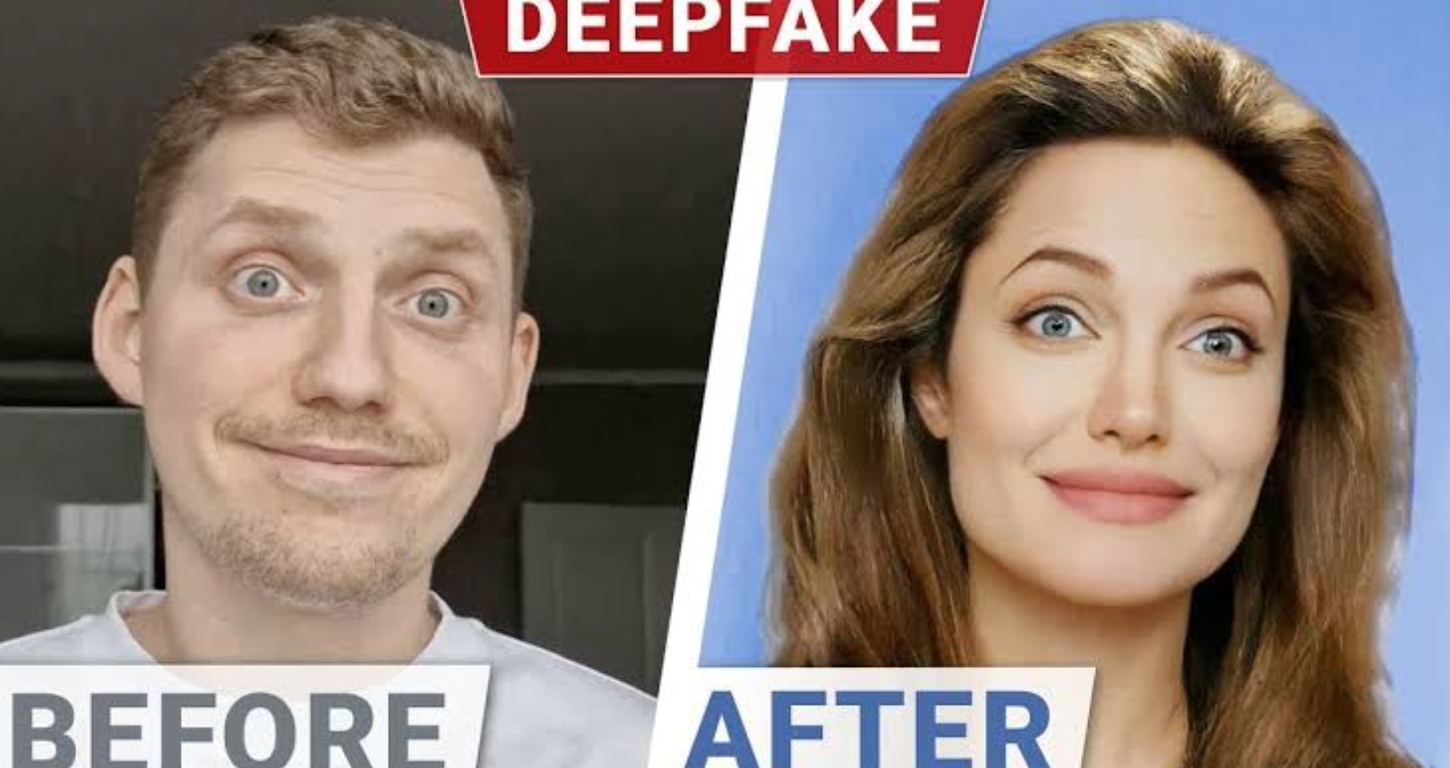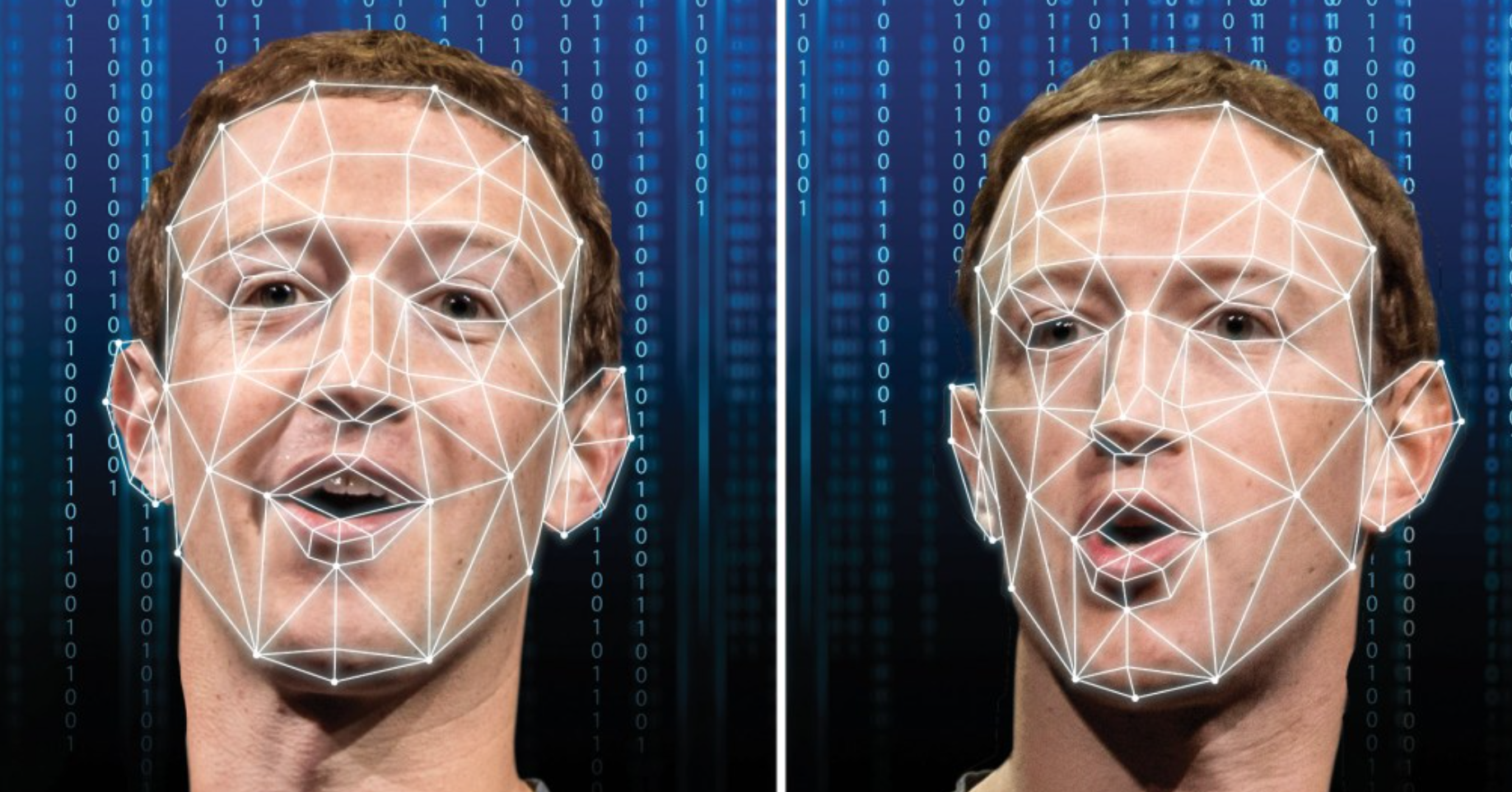Have you heard of deepfakes? By using Deep Faker, you can create realistic visual and audio content that can deceive even the most discerning eye. While the creation of fake content is not new, deep fakes take it to a whole new level. In this blog, we will introduce the principle of Deep Faker, the Application scene of Deep Fake Tech, how to use it, and Deep Faker recommendations.

1. Introduction to Deep Faker Technology
Deepfakes are synthetic media that use deep generative methods to manipulate facial appearance. They also replace one person’s likeness with another convincingly. They leverage powerful techniques from machine learning and artificial intelligence to create visual and audio content that can deceive. The creation of fake content is not new, but deepfakes take it to a new level¹.
Deep Faker technology refers to the use of deep learning algorithms, specifically generative adversarial networks (GANs). They create highly realistic and convincing fake content, such as images, videos, and even audio. These algorithms analyze and learn from vast amounts of data to generate synthetic media. These media can seamlessly mimic the appearance and behavior of real individuals.
2. Where could we use Deep Faker Technology?
Deep Faker technology has found applications in various fields, including entertainment, social media, and even research. Movies and television always use Deep Fake Technology to alter actors’ appearances, transform historical footage, and create realistic visual effects. In the realm of social media, deep fakes have been used to create humorous or satirical content, although they have also raised concerns about misinformation and the potential for malicious use.
1. Entertainment Industry: The entertainment industry can employ Deepfake technology or visual effects and post-production. It can help create realistic scenes, replace actors with digital counterparts, or resurrect deceased actors for movie roles.
3. Advertising and Marketing: Deepfake technology can be utilized in advertising campaigns to feature celebrities or influencers endorsing products or services. It allows for seamless integration of faces to create persuasive and attention-grabbing content.
4. Film and Television Restoration: Deepfake techniques can assist in restoring old or damaged films and TV shows. By using AI algorithms, missing or deteriorated parts of footage can be recreated and filled in to enhance the overall viewing experience.
5. Personal Creativity and Art: Deepfake technology can be employed by artists and creatives as a medium for expression. It allows them to explore new visual styles, merge different artistic elements, or reimagine existing artworks.
3. How to Use Deep Faker Technology?
Using deep-faker technology generally requires some technical knowledge and access to appropriate software or platforms. The process typically involves training a deep learning model on a large dataset of real images or videos to learn the visual patterns and characteristics of the target individual. Once trained, the model can generate synthetic media by transforming or combining existing content or by creating entirely new content based on the learned patterns.
1. Open an image processing software or an online image processing website
Firstly, you need to select an image processing software or an online image processing website that offers a face swap feature. You can search for websites or software with similar capabilities using an internet search engine.
2. Upload the source image and select the target image
On the chosen image processing software or website, there is typically an upload button or option to select the source image you want to extract facial features from. You also need to choose another image, which will be the target image where you want to place the facial features.
3. Locate facial features, adjust, and align
Once you upload the source and target images, the image processing software or website will attempt to automatically detect and locate the facial features in the images, such as eyes, nose, and mouth. You can use the localization of these features for the subsequent face swapping. After you locate the facial features, you may need to adjust and align the images to ensure the facial features are correctly placed on the target image. This can be done through operations like dragging, scaling, and rotating.
4. Perform the face swap
Once you are satisfied with the alignment of facial features, you can trigger the face swap function on the software or website, which will swap the facial features from the source image onto the target image and generate a composite image.

4. Recommended Deep Faker Websites
a) Imageenhan: Imageenhan is a versatile deep faker website that offers a range of features, including the ability to transform photos using various artistic styles, including the popular 2000’s Anime Art Style mentioned earlier. It provides an intuitive user interface, allowing users to upload their images and apply the desired deep fake effects easily. Pros include the ability to personalize photos with unique styles, while cons may involve limitations in terms of customization options.
b) DeepArt: DeepArt is another popular deep faker website that focuses on transforming images into artwork inspired by famous artists or art movements. Users can upload their photos and apply different artistic filters to generate images that resemble famous paintings or artistic styles. The platform offers a user-friendly interface and provides a fun way to explore and experiment with different artistic transformations. Pros include the vast range of artistic styles available, while cons may involve limitations in terms of high-resolution output.
c) DeepFaceLab: DeepFaceLab is a more advanced deep faker tool, primarily used for creating deep fakes in videos. It offers a comprehensive set of features, including facial reenactment, face swapping, and lip-syncing capabilities. DeepFaceLab requires more technical expertise and computational resources, making it suitable for users with a deeper understanding of deep learning techniques. Pros include the high level of customization and control over the generated deep fakes, while cons may involve the steep learning curve for beginners.

In conclusion, deep-faker technology presents both exciting possibilities and potential risks. While it has enabled creative applications in various fields, it also raises concerns regarding privacy, misinformation, and the erosion of trust in visual media. As with any technology, responsible use and ethics are crucial to ensure that the potential benefits of deep-faker technology.